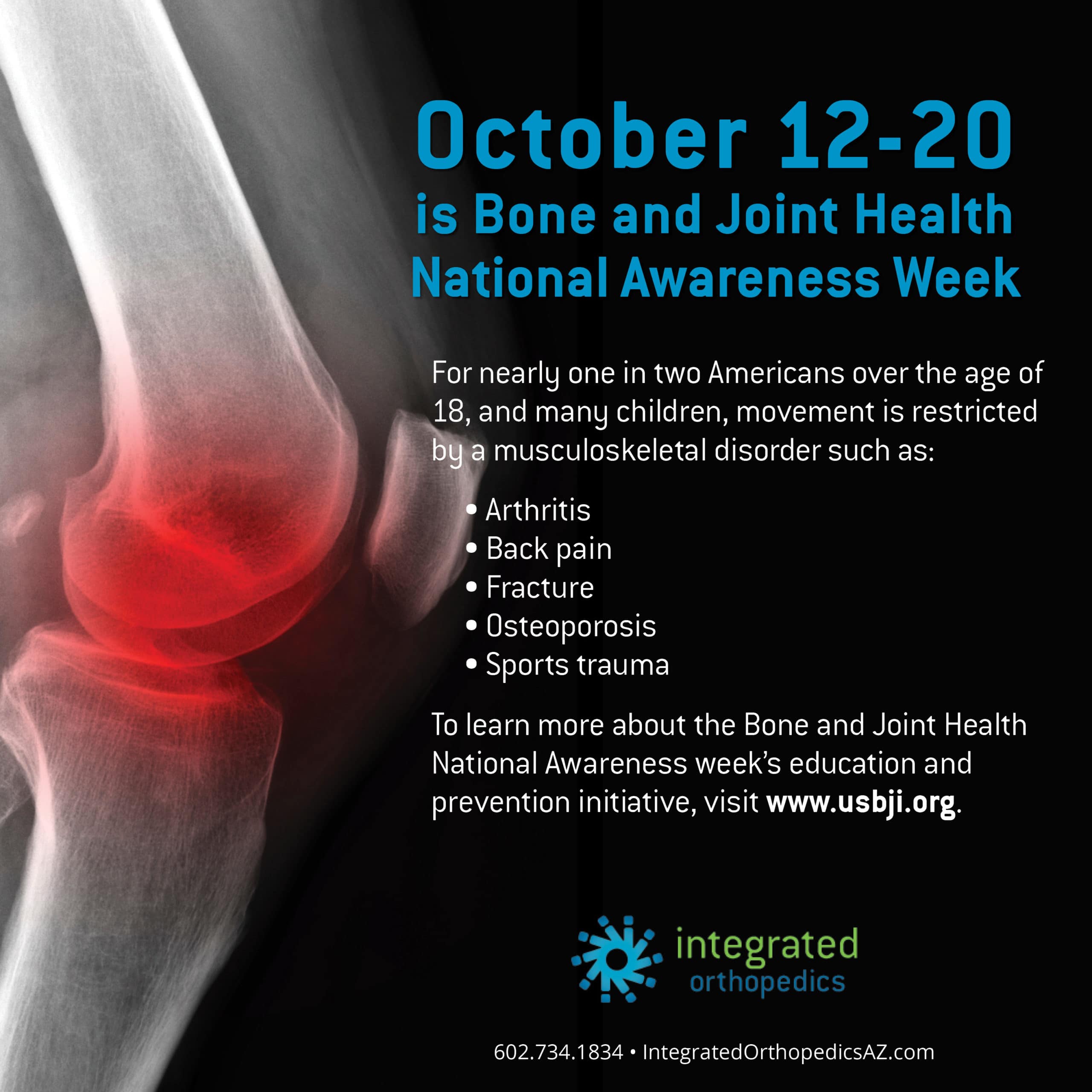Bone and Joint Health

What is Bone and Joint Health?
Bone and joint health refers to the overall health and well-being of our bones and joints. It includes maintaining the strength and density of our bones, as well as the flexibility and mobility of our joints.
Why is Bone and Joint Health Important?
Our bones and joints provide the framework for our bodies and allow us to move and perform everyday tasks. Poor bone and joint health can lead to pain, stiffness, and reduced mobility. It can also increase the risk of falls and fractures, particularly in older adults.
How to Maintain Bone and Joint Health
There are several steps we can take to maintain bone and joint health, including:
- Get enough calcium and vitamin D through diet or supplements
- Engage in weight-bearing exercises, such as walking or jogging
- Do strength training exercises to maintain muscle mass and bone density
- Avoid smoking and excessive alcohol consumption
- Maintain a healthy weight to reduce stress on joints
- Use proper body mechanics and ergonomics to avoid injury
The Benefits of Bone and Joint Health
Maintaining bone and joint health can provide numerous benefits, including:
- Reduced risk of osteoporosis and fractures
- Reduced risk of arthritis and joint pain
- Improved mobility and flexibility
- Improved overall quality of life
The Drawbacks of Poor Bone and Joint Health
Poor bone and joint health can have several drawbacks, including:
- Increased risk of falls and fractures
- Chronic pain and stiffness
- Reduced mobility and flexibility
- Decreased quality of life
FAQ
1. What foods are good for bone and joint health?
Admin: Foods that are rich in calcium and vitamin D are good for bone health. Examples include dairy products, leafy green vegetables, and fortified cereals. Foods that are rich in omega-3 fatty acids, such as salmon and other fatty fish, can help reduce joint inflammation and improve joint health.
2. Can exercise help with bone and joint health?
Admin: Yes, exercise can help maintain bone and joint health. Weight-bearing exercises, such as walking or jogging, can help maintain bone density. Strength training exercises can help maintain muscle mass and reduce the risk of falls. Flexibility exercises, such as yoga or stretching, can improve joint mobility.
3. What are some common bone and joint conditions?
Admin: Some common bone and joint conditions include osteoporosis, arthritis, and joint pain. These conditions can cause pain, stiffness, and reduced mobility.
4. How can I reduce my risk of falls?
Admin: You can reduce your risk of falls by maintaining good balance and strength through exercise, using assistive devices such as canes or walkers if needed, wearing proper footwear, and removing tripping hazards from your home.
